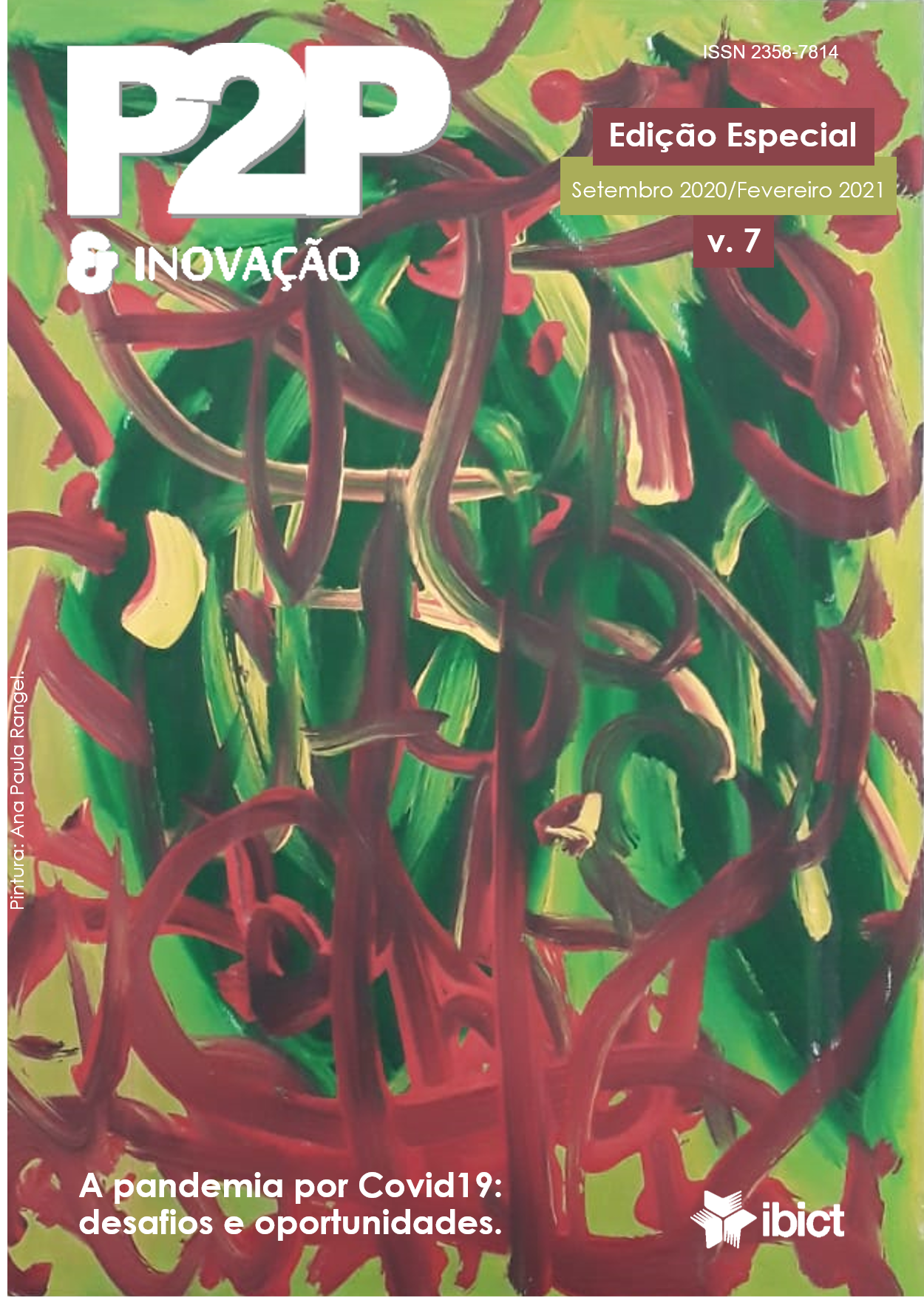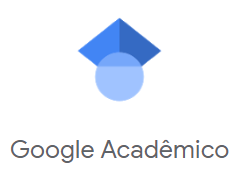Combating disinformation about the covid pandemic 19 in the amazon
the case of Sespa (PA) profile on Instagram
DOI:
https://doi.org/10.21721/p2p.2020v7n1.p141-160Keywords:
Misinformation, Covid-19 pandemic, Amazon, Instagram, SespaAbstract
In March 2020, the World Health Organization (WHO) decreed that the world is experiencing the Covid-19 pandemic, an acute respiratory disease caused by the SARS-CoV-2 Coronavirus. The Amazon region was one of the first epicenters of the disease in Brazil. In a context of a society connected by networks (CASTELLS, 1999), the spread of false information about Pandemic was one of the challenges to be faced. In this sense, this descriptive article aims to understand how the State Secretariat of Public Health of Pará (Sespa) started to fight against misinformation about the Covid-19 pandemic. The posts of the @sespapara profile on Instagram about false information published between March and May of this year were adopted as our empirical object.
Downloads
References
ALLCOTT, Hunt; GENTZKOW, Matthew. Social Media and Fake News in the 2016 Election. Journal of Economic Perspectives, v. 31, n. 2, p. 211-36, 2017.
BENTES, Anna. O texto além do texto. Revista do Instituto Humanitas Unisinos. IHU On-line. n. 520, p. 41-46, 2018.
CASTELLS, Manuel. A sociedade em rede (v. 01.). São Paulo: Paz e Terra, 1999.
CASTELLS, Manuel. O poder da comunicação. São Paulo: Paz e Terra, 2015.
CHRISTOFOLETTI, Rogério. Padrões de manipulação no jornalismo brasileiro: fake news e a crítica de Perseu Abramo 30 anos depois. Rumores, v. 12, n. 23, p. 56-82, 2018.
DENNETT, Daniel. A perigosa ideia de Darwin. São Paulo: Companhia das Letras. 1998.
DUARTE, Jorge. Instrumentos de Comunicação Pública. In: DUARTE, Jorge (Org). Comunicação Pública: Estado, mercado, sociedade e interesse público. São Paulo: Atlas, 2012
FABIO, André Cabette. O que é 'pós-verdade', a palavra do ano segundo a Universidade de Oxford. Disponível em: https://cutt.ly/kfCT2iK Acesso em 18 set. 2020.
FLORIDI, Luciano. What is the Philosophy of Information? Metaphilosophy, v. 33, n. 1-2, p. 123–145, 2002.
GIL, Antonio Carlos. Métodos e técnicas de pesquisa social. São Paulo: Atlas, 2010.
HJARVARD, Stig. Da Mediação à Midiatização: a institucionalização das novas mídias. Parágrafo. v. 2, n. 3, 2015.
JENKINS, Henry; FORD, Sam; GREEN, Joshua. Cultura da conexão: criando valor e significado por meio da mídia propagável. São Paulo: Aleph, 2014.
MERRIAN-WEBSTER DICTIONARY. Disponível em: https://cutt.ly/1fCT4q7 . Acesso em: 21 set. 2020.
OMS. Entenda a infodemia e a desinformação na luta contra a Covid-19. Disponível em https://cutt.ly/DfCT6bH . Acesso: em 21 set. 2020.
ONU. COVID-19: Chefe da ONU alerta para ‘epidemia de desinformação. Disponível em: https://cutt.ly/tfCYwpE. Acesso em: 20 set. 2020.
RECUERO, Raquel; FRAGOSO, Suely; AMARAL, Adriana. Métodos de pesquisa para internet. Porto Alegre: Sulina, 2011.
ROLNIK, Suely. Cartografia sentimental: transformações contemporâneas do desejo. Porto Alegre: Sulina; Editora da UFRGS, 2011.
SESPA PARÁ (Perfil no Instagram). Disponível em: https://www.instagram.com/sespapara. Acesso em: 20 set. 2020.
SOUSA JÚNIOR, João Henriques de; RAASCH, Michele; SOARES, João Coelho; RIBEIRO, Letícia Virgínia Henriques Alves de Sousa. Da Desinformação ao Caos: uma análise das Fake News frente à pandemia do Coronavírus (COVID-19) no Brasil. Cadernos de Prospecção. v. 13, n. 2, p. 331-346, 2020.
WARDLE, Claire. Por que diferenciar desinformação de "fake news"? Disponível em: https://cutt.ly/ZfCYrAK Acesso em: 18 set. 2020.
Downloads
Published
Issue
Section
License
The journal is published under the Creative Commons - Attribution - Noncommercial - Share Alike 3.0 Brazil.
The published work is considered collaboration and therefore the author will not receive any remuneration for this as well as anything will be charged in exchange for publication.
All texts are responsibility of the authors.
It’s allowed partial or total reproduction of the texts of the magazine since the source is cited.














